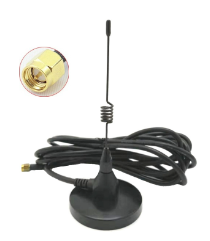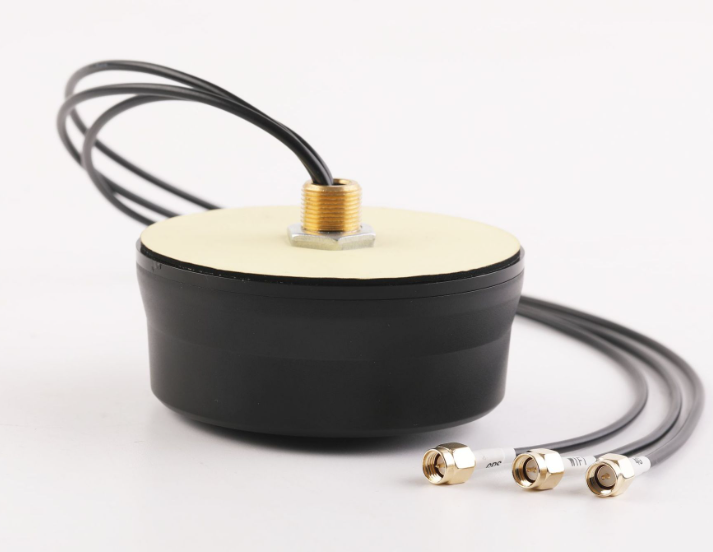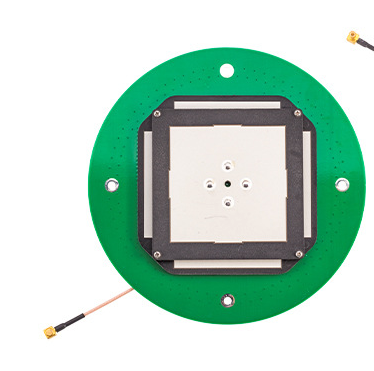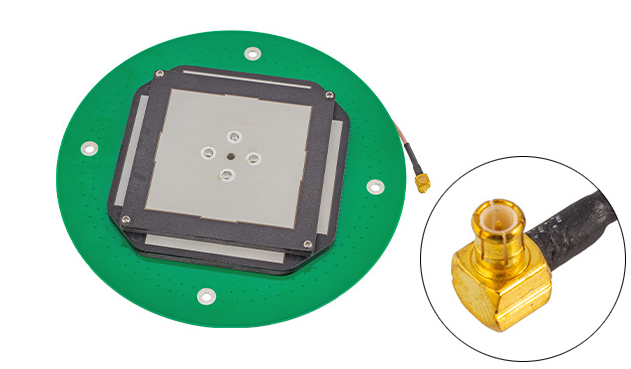Gps standard antenna
With the rapid development of Global Positioning system (GPS) technology, GPS standard antenna is more and more widely used in various fields. As an important part of GPS equipment, the performance of GPS standard antenna directly affects the positioning accuracy and reliability. This paper will introduce the concept, types, characteristics and applications of GPS standard antenna in various fields.

Overview of GPS Standard Antenna
GPS standard antenna is a device for receiving GPS satellite signals. its main function is to convert the received GPS satellite signals into electrical signals for GPS receiver to locate and navigate. GPS standard antennas have high sensitivity and selectivity and can receive GPS satellite signals stably in various environments.
Types and characteristics of GPS Standard Antenna
1. Types
According to the use environment and requirements, GPS standard antennas can be divided into many types, such as vehicle antennas, handheld antennas, navigation antennas and so on. Different types of antennas are different in size, performance, range of use and so on.
2. Characteristics
(1) sensitivity: GPS standard antenna has high sensitivity and can receive satellite signals in weak signal environment.
(2) selectivity: the antenna has excellent selectivity, which can distinguish the signals of different satellites and improve the positioning accuracy.
(3) Anti-interference: GPS standard antenna has good anti-jamming performance and can work stably in complex electromagnetic environment.
(4) Stability: the high-quality GPS standard antenna has excellent stability and can ensure stable reception for a long time.
Application Field of GPS Standard Antenna
1. Aerospace: in aircraft, satellites and other aerospace vehicles, GPS standard antennas are used for positioning and navigation to improve flight safety and accuracy.
2. Automotive field: GPS standard antennas are widely used in vehicle navigation, intelligent driving and other fields to provide accurate positioning services for vehicles.
3. Marine fishery: nautical antenna is used in ship positioning, fishing and other aspects to improve navigation safety and production efficiency.
4. Civil field: GPS standard antenna is also widely used in smart phones, outdoor sports, field exploration and other fields to provide convenience for people's life.
Performance parameters and selection points of GPS Standard Antenna
1. Performance parameters
(1) gain: indicates the ability of the antenna to receive the signal. The higher the gain, the stronger the received signal.
(2) polarization mode: including linear polarization and circular polarization, and choose the appropriate polarization mode according to the demand of use.
(3) operating frequency: the working frequency of the antenna that matches the frequency of the GPS satellite signal.
(4) Voltage standing wave ratio (VSWR): reflects the antenna matching performance, the smaller the VSWR, the better the matching performance.
2. Select the main points
(1) choose the appropriate type and specification according to the use environment and requirements.
(2) pay attention to the sensitivity, selectivity, anti-interference and other performance parameters of the antenna.
(3) choose products with excellent stability and durability.
Installation and maintenance of GPS Standard Antenna
1. Installation
(1) choose the appropriate installation position to ensure that the antenna can receive enough satellite signals.
(2) install according to the installation instructions provided by the manufacturer to ensure that the installation is correct and firm.
2. Maintenance
(1) regularly check whether the connection of the antenna is loose or damaged.
(2) avoid using in the environment of strong electromagnetic interference, so as not to affect the performance of the antenna.
(3) clean the antenna regularly to keep its appearance clean.





